HIDE CAPTION
- Mercedes-Benz Future Truck 2025
- (Daimler)
Mercedes-Benz is preparing to steer driverless technology in an unexpected direction: long-haul trucking.
At the 65th International Motor Show for commercial vehicles, underway in Hanover, Germany, Mercedes unveiled the aptly named Future Truck 2025. More akin to a space-age RV than a semi-truck, the prototype hints at a coming revolution in long-distance road transport.
This is not the pipe dream of some underutilised Daimler engineer. A prototype already operated in driverless mode last August, reaching speeds up to 80kph (about 50mph) on the A14 motorway in Magdeburg, Germany. And Mercedes officials claim that if government restrictions related to autonomous driving are softened, the semi-truck could be cruising beside you on the highway in 10 years.
Mercedes plans to harness the semi-autonomous driving technologyalready available on its S-Class sedans and coupes, and use it to give venerable, if stodgy, semi-trucks an extreme makeover. The result? Safer and more efficient driving, accompanied by expressive styling typically reserved for high-end passenger cars. Like the S-Class, the Future Truck 2025 may be capable of amazing autonomous feats, but a driver is still envisaged as an integral part of the cabin.
The brain of the semi-autonomous operation is Highway Pilot, a system akin to autopilot on an airplane, which employs a network of radar sensors and cameras to compose a complete picture of the truck’s surroundings – effectively the spatial awareness required for autonomous driving. It also includes a three-dimensional digital map. Used in conjunction with Predictive Powertrain Control (PPC) technology, the systems help maximise fuel efficiency by reacting to changes in terrain and topography.
The truck also features new blind-spot-detection technology that utilises the on-board radar to monitor each side of the truck. Via interior-mounted screens – much in the style of Volkswagen’s XL1 – a driver can scan the flanks of the truck better than with traditional exterior-mounted mirrors.
Design flourishes flip conventional semi-truck styling on its ear. Along with soft, rounded contours, the truck eschews headlamps in favour of a grid of powerful LEDs. When the truck is driven manually, the lights shine white. But in auto-driving mode, the lights switch to a pulsing blue to alert nearby motorists.
Inside, Future Truck 2025 is more Perrier and pâté de foie gras than cold coffee and beef jerky. Displays and touchpads replace instruments and switches. Indirect LED lighting casts a soft, glare-free glow. The conductor’s seat swivels 45 degrees, which allows the driver to stretch out and perform miscellaneous tasks, perhaps while using the on-board, detachable tablet computer that docks in the dashboard. There is even a digital picture frame on the rear wall panel for displaying favourite photos of family and friends.
The creature comforts are no afterthought. Mercedes officials predict that with seductive features such as autonomous capability and a well-appointed cab, long-haul driving will become a more attractive profession. It may even help alleviate a pronounced shortfall in qualified truck drivers in the US; some 25,000 are needed to meet demand, according to the American Trucking Associations.
With autonomous aides, Mercedes envisages a future in which truckers are white-collar transport professionals with free time to assume additional managerial duties behind the wheel.
A human promotion achieved through machine automation? It certainly is a revolutionary idea.


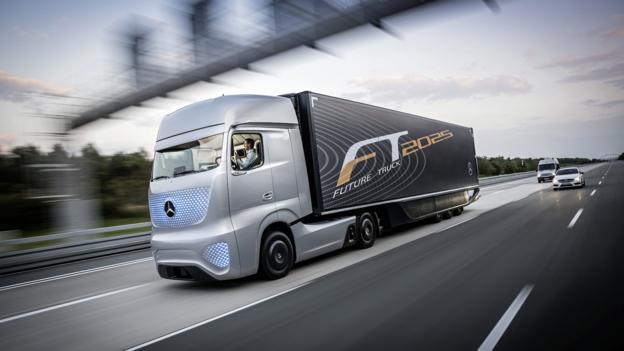
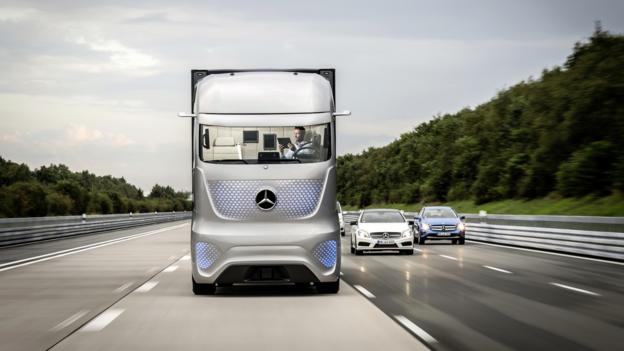


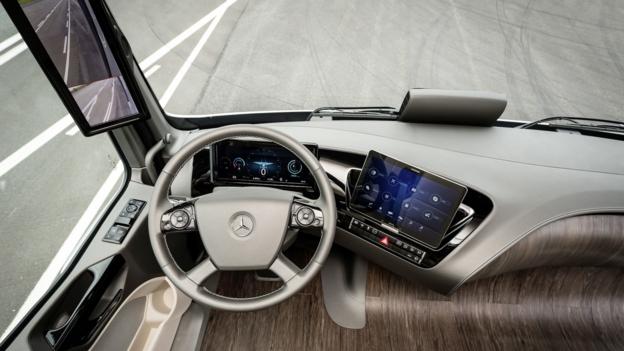

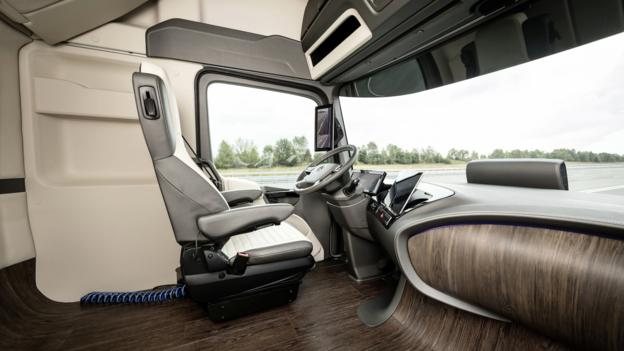
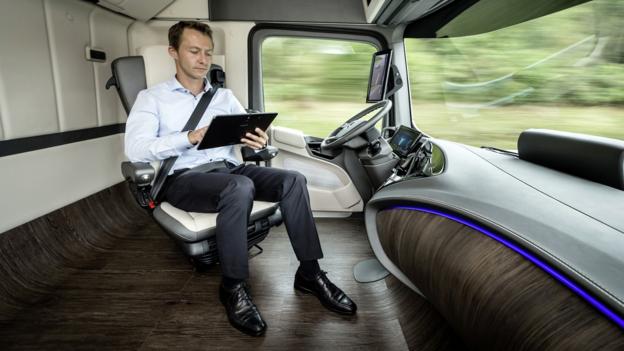
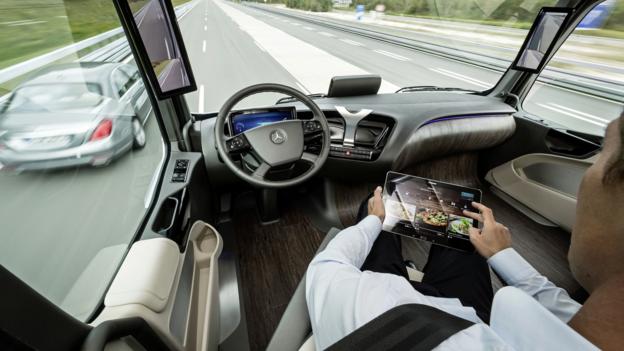
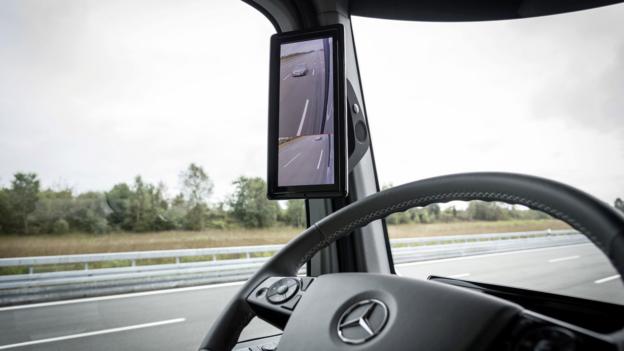
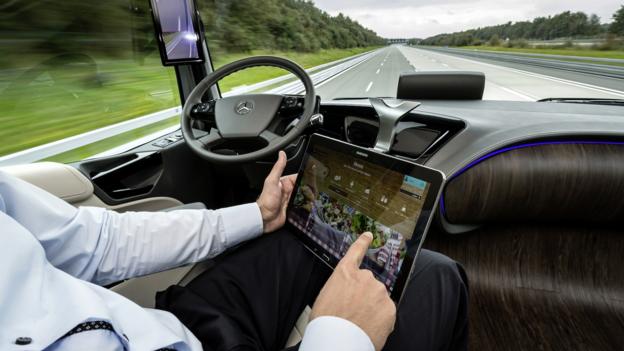


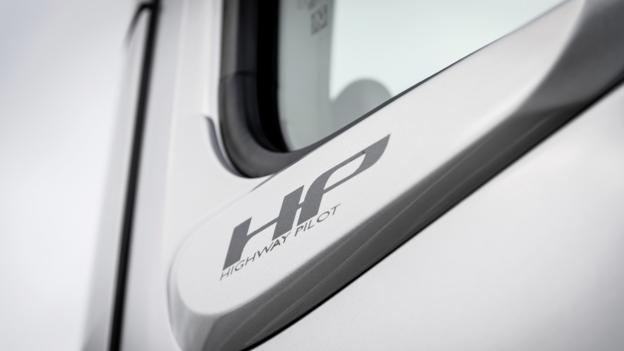
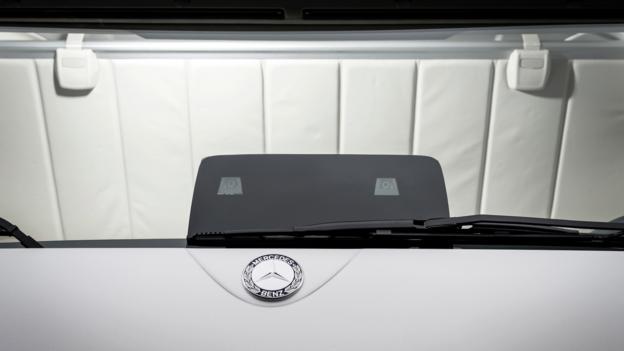
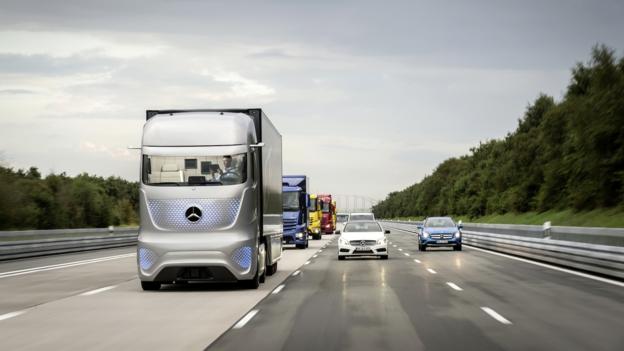
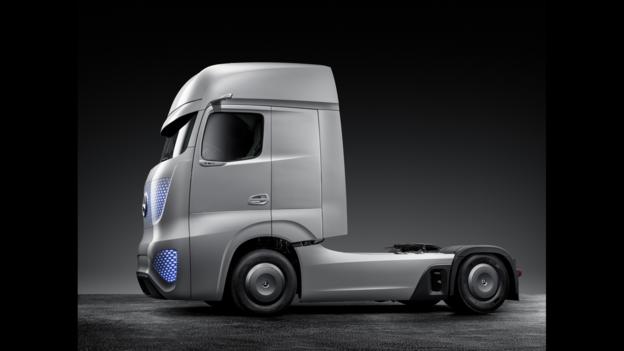
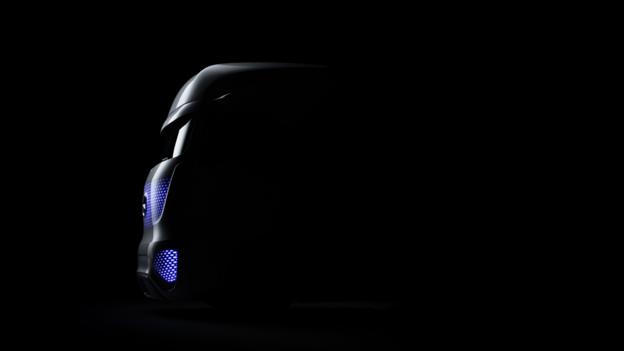
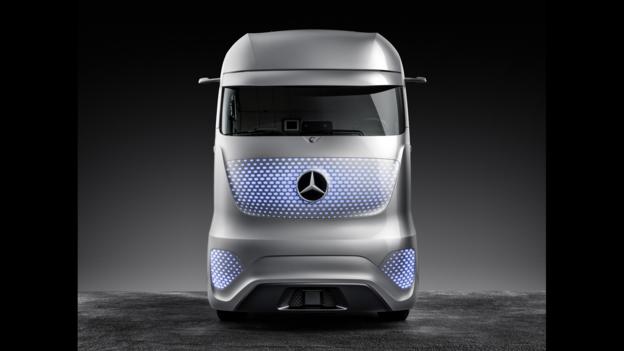

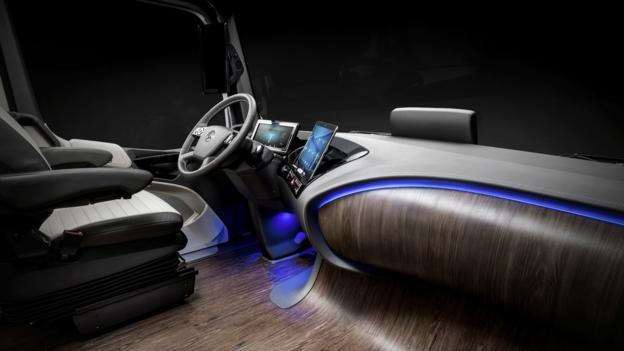

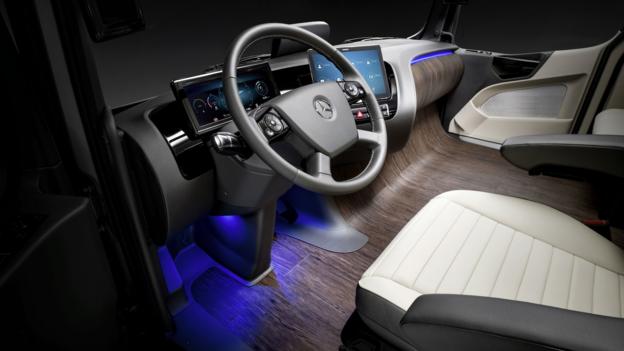
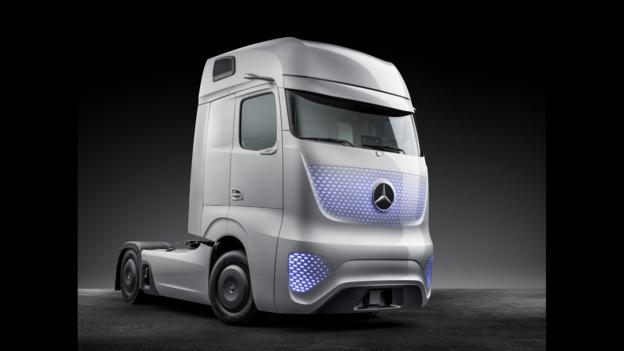
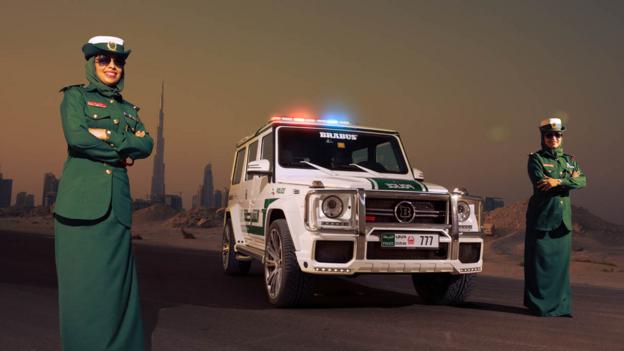































0 comments:
Post a Comment